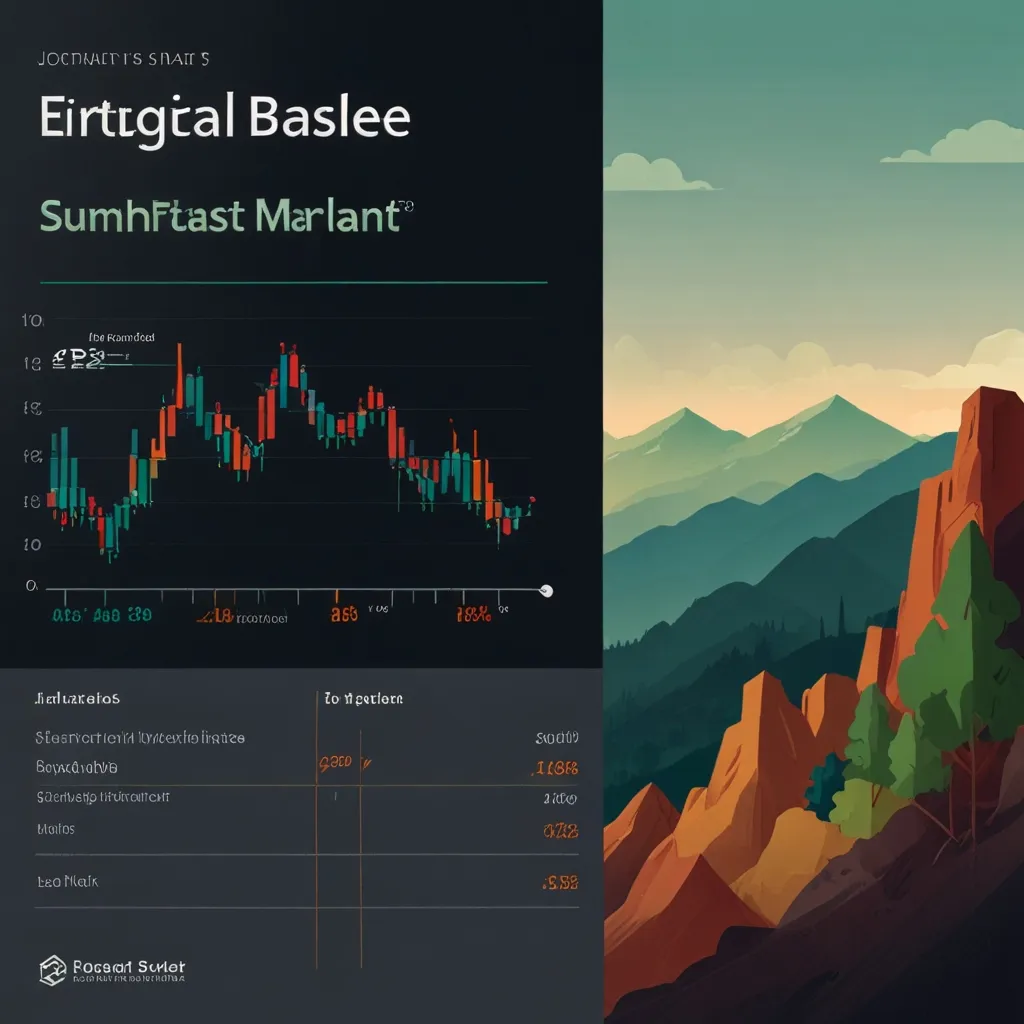Cambridge Analytica is a name that nearly everyone has heard of, thanks to its central role in data scandals and alleged involvement in major political events like the Brexit referendum and Trump’s election. Despite the media’s focus on the company, the man behind it, Nigel Oakes, remains largely under the radar.
Nigel Oakes, the CEO and founder of Cambridge Analytica’s parent company, has built a global empire over the past 30 years. He started his journey at Eton College, a school known for educating the British elite. Although Oakes came from a modest background, he made headlines through his relationship with Lady Helen Windsor and a notorious episode at her birthday party.
Oakes began his career as a record producer and DJ but shifted to advertising, joining the famous Saatchi & Saatchi agency. Here, he developed a keen interest in psychology and its impact on group behavior. This interest led to the creation of the Behavioural Dynamics Institute (BDI). Although BDI’s website is no longer active, archived versions show the Institute worked on various research projects.
In 1992, Oakes founded Marketing Aromatics, aiming to influence behavior through scent. However, this venture wasn’t lucrative, leading him to pivot towards government contracts. This change birthed Strategic Communications Laboratories (SCL) in 1993, focusing on elections and political campaigns in developing countries.
Oakes’s flair for the dramatic extended to his office decor, modeled after James Bond movie sets. His methods were bold, yet not always effective. One of SCL’s first significant jobs was improving Indonesia’s democratic image, which ended badly, forcing Oakes to flee to Singapore.
Despite early struggles, SCL claimed to have operated in over 100 countries. Financial hardships plagued the company until Alexander Nix joined in 2003. Nix shifted the focus to the US and Europe, hiring data genius Christopher Wylie in 2013. Wylie and his team developed the Ripon platform, a sophisticated data warehouse designed to target voters with precision.
Cambridge Analytica used data from various sources, including Facebook, where data from at least 87 million users were acquired under dubious pretenses. With investment from billionaire Robert Mercer, the company targeted US political campaigns, starting with Ted Cruz and later, Donald Trump.
The effectiveness of Cambridge Analytica’s methods remains debatable. While the company claimed success, many in Trump’s campaign felt it had little impact. Cambridge Analytica’s controversial techniques and the subsequent scandal, exposed by whistleblower Christopher Wylie, have possibly doomed the company’s future.
This tale paints a picture of a man and a company navigating the murky waters of political influence through data. Though Cambridge Analytica’s days might be numbered, its story remains a cautionary tale about the power and pitfalls of data in politics.






